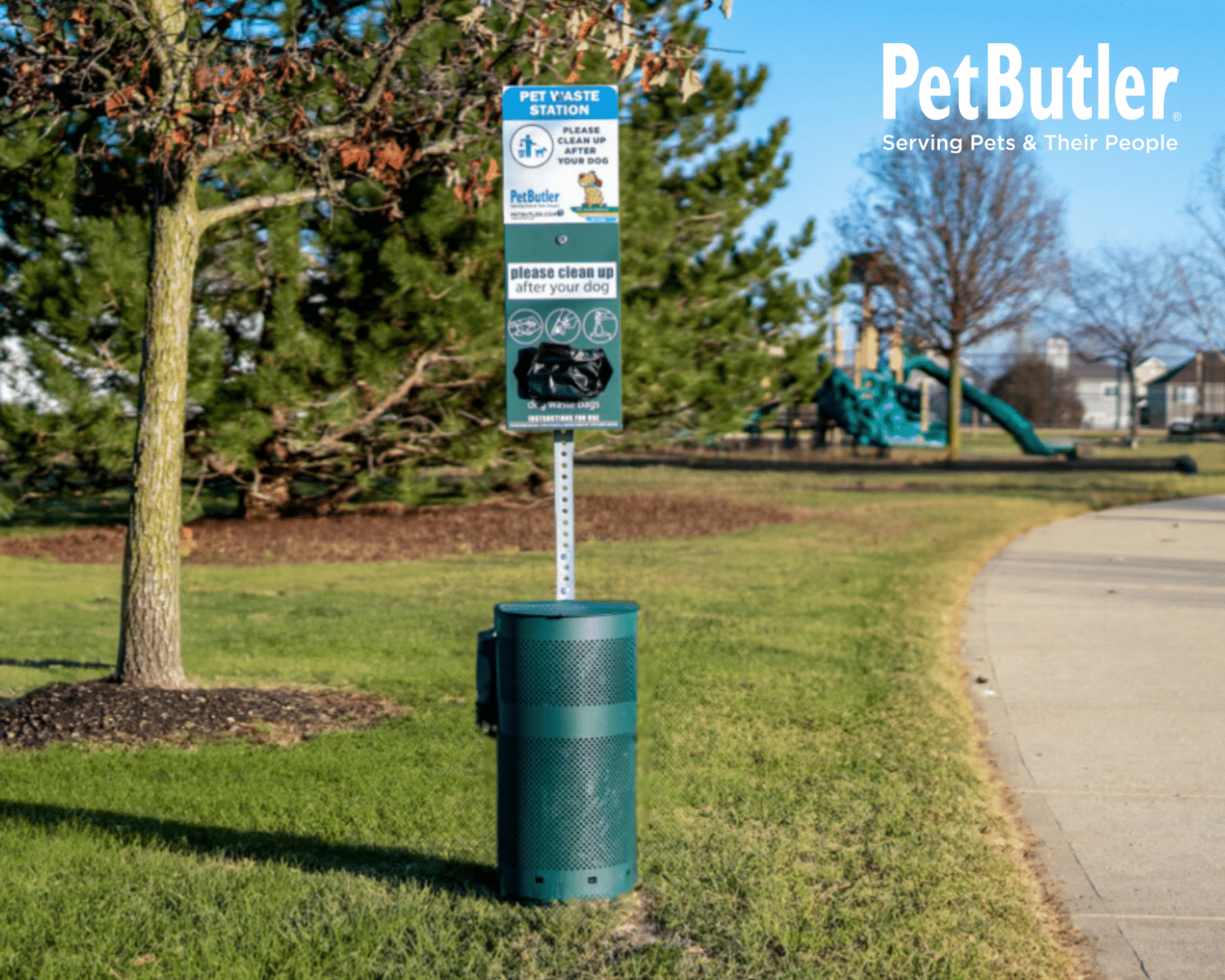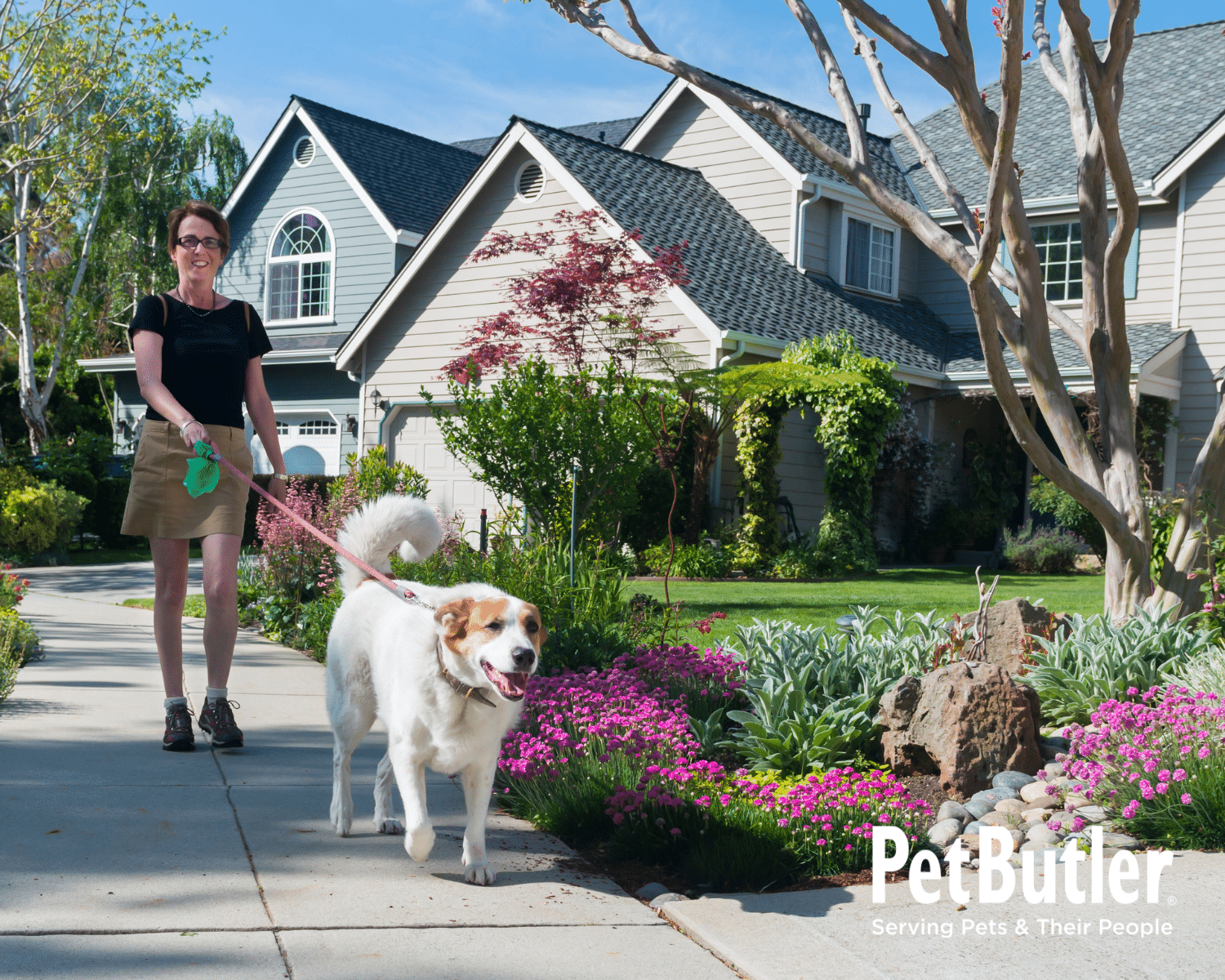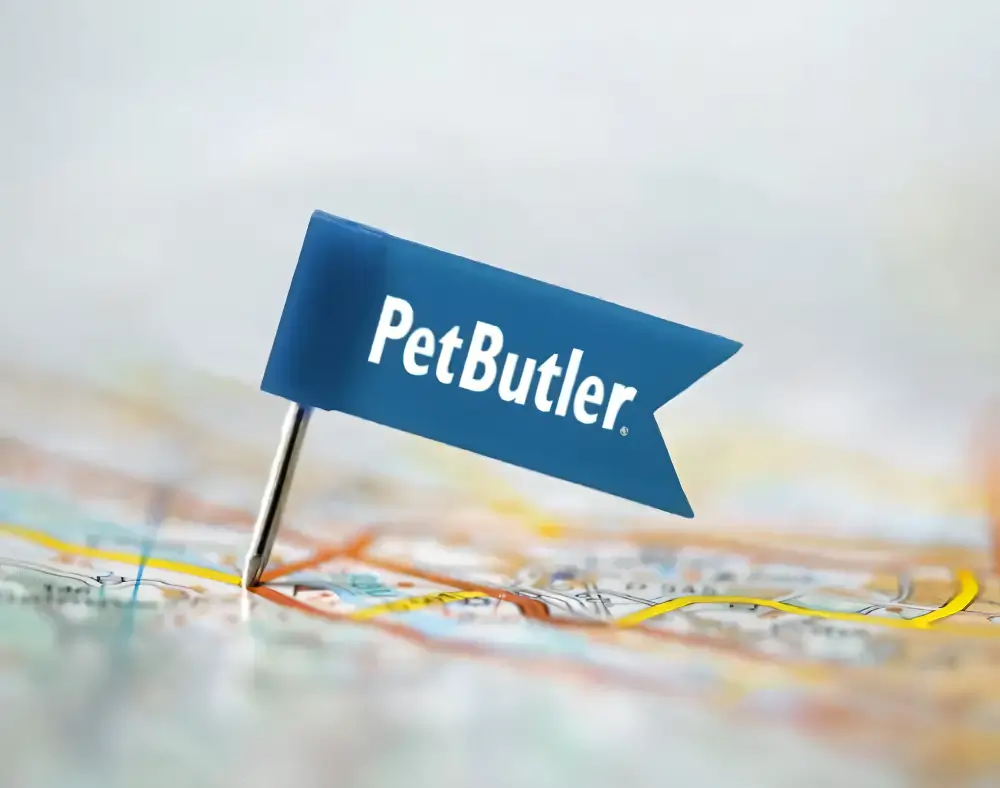As a property manager or local municipality, you may be looking for tips on how to attract new tenants or enhance shared spaces for residents with dogs. Keeping these communal outdoor areas beautiful and safe is essential. Here are a few tips on how to update your property’s shared outdoor spaces with consideration for pet owners.
Which plants are safe for dogs in community spaces?
Safe, dog-friendly plants include sunflowers, marigolds, roses (without thorns), barley grass, orchids, ferns, and herbs like basil and rosemary. These not only enhance landscaping but also reduce the risk of toxic exposure for pets.
For municipalities and HOAs, creating designated dog-friendly zones with non-toxic plants and fenced-off high-risk garden areas helps keep both families and their pets safe, while also encouraging responsible pet ownership and providing residents with spaces where pets can explore and play freely without risk.
Which garden plants are poisonous to dogs?
Several garden plants are toxic to dogs. Flowers such as tulips, daffodils, crocuses, lilies, rhododendrons, azaleas, and foxglove can cause gastrointestinal upset, cardiac issues, or worse if ingested by pets. Shrubs like hydrangea and indoor favorites like sago palm also contain toxins that may lead to severe illness.
According to the ASPCA and the American Kennel Club (AKC), pet owners and community landscapers should avoid planting these species in public dog-friendly spaces, especially parks, apartment courtyards, and walking trails.
Install dog waste stations in public and multi-family residential areas
Dog waste is more than a nuisance—it is an environmental and health hazard. It can impact the overall cleanliness, appearance, and enjoyment of community spaces. Proper management is essential for creating outdoor areas that feel safe, welcoming, and well-maintained for everyone, including both residents and their pets. If dog poop is left behind, it can:
- Damage grass and plants
- Pollute soil and waterways with harmful bacteria
- Discourage residents from enjoying outdoor amenities
Dog waste stations provide a convenient and sanitary solution. By placing dog poop trash cans, bag dispensers, and receptacles throughout a community, property managers can significantly increase clean-up compliance and keep shared spaces enjoyable for all.
Where should municipalities and HOAs install pet waste stations?
Strategic placement is key when it comes to dog waste stations. Thoughtful planning ensures that these stations are convenient, easy to find, and actually used by pet owners, which is essential for keeping community spaces clean and enjoyable. If you’re unsure, Pet Butler provides recommendations on proper placement, helping create a sense of order and accessibility, encouraging residents to consistently clean up after their pets without disrupting their daily routines.
We can install pet waste stations:
- Near entrances and exits of parks or dog runs
- Along walking and hiking trails
- In high-traffic areas of multi-family housing complexes
- At intervals close enough to encourage frequent use (every few hundred feet is recommended)
Accessibility matters—dog waste stations should be clearly visible and easy to locate and maintained on a regular schedule to ensure bags are stocked and trash does not overflow, keeping the area clean and inviting for everyone.
How do professional waste removal services support pet-friendly communities?
Pet Butler is the trusted choice for commercial pet waste cleanup. Our services help property managers, HOAs, parks, and businesses maintain clean, welcoming spaces with ease. From regular dog poop removal to installing and maintaining dog waste stations, our trained technicians follow consistent routes to ensure nothing is missed—no gaps, no mess, just reliable results.
Our commercial services include:
- Regular dog waste removal to keep lawns and shared spaces clean
- Installation and maintenance of dog waste stations for convenient access
- Customizable service plans to meet the needs of any property size
Whether it’s a small complex or a large multisite property, Pet Butler makes maintaining a poop-free, safe, and attractive space effortless. Explore our commercial services today!
FAQs About Pet Waste Stations
How often should dog waste stations be serviced?
At least once a week, though high-traffic areas may require more frequent servicing. Regular maintenance keeps stations clean, ensures bags are always available, and prevents any overflow that could create unsanitary conditions for residents and pets.
Are dog waste stations only for parks?
No, they are ideal for apartments, condos, office complexes, pet-friendly businesses and residential developments. Anywhere pets and people gather—like walking paths, dog runs, and communal green spaces—can benefit from strategically placed stations to encourage responsible cleanup.
Where should pet waste stations be placed?
The most effective placements are high-traffic areas where pet owners naturally walk, such as trail entrances, sidewalks, and near community green spaces. Stations should be visible, accessible, and evenly distributed to maximize convenience and encourage proper cleanup.
Do pet waste stations really increase dog poop pickup compliance?
Yes—when cleanup tools are readily available, most pet owners are more likely to pick up after their pets. Convenient, well-maintained stations also foster a culture of responsibility and consideration throughout the community.
Final Takeaway
Creating pet-friendly communities goes beyond planting safe flowers and greenery. By combining thoughtful landscaping with accessible dog waste stations, municipalities and property managers can build clean, welcoming spaces for families and their pets.
Pet Butler is here to help with installation, maintenance, and guaranteed service—keeping your community healthy, safe, and thriving.



